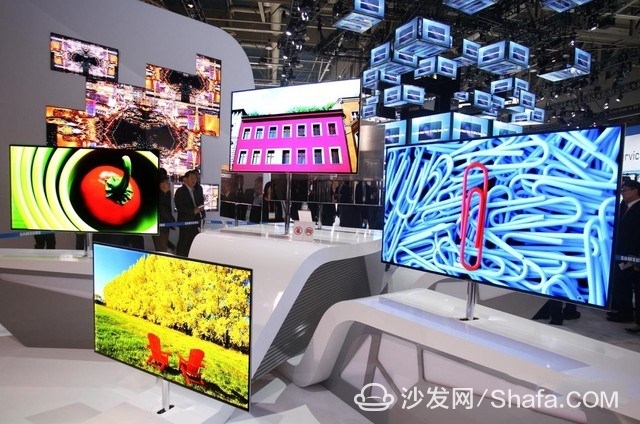
The Display Iteration History of "Do Not Die Without Death"
Someone must ask, where did this come from? In fact, the author's first sentence has already mentioned that some people think that better technology does not mean they can rule the arena. The same is true in the television industry. In the development of television display technology, LCD TVs are taken as an example. Essentially, LCDs have many flaws, such as the response time and the damage of the backlight to the image quality. It can be said that LCD has never been the best choice for TV display technology, but it has dominated the market for ten years and is still vibrant.
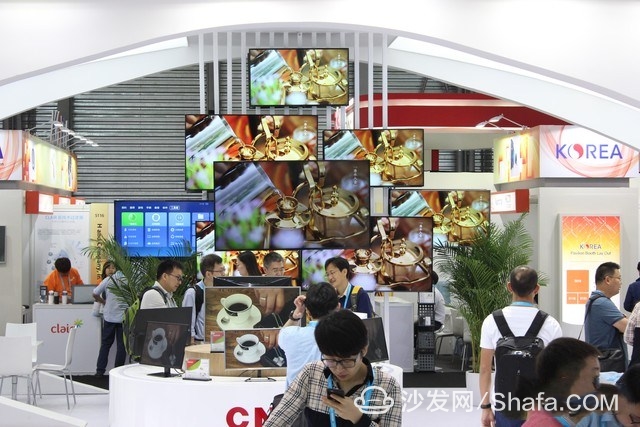
Although some display technologies have brought better results, they have been eliminated by the market for various reasons.
The television industry is an industry that depends on cost. Many technologies are limited in technology and cost when they are converted into actual products. Even if the products are made, there will be many problems, or the prices will be too high and they will be abandoned by the market. Actually, there are many technologies that seem to be very powerful nowadays. They could have brought us a qualitative leap in picture quality. However, due to various factors, we are now mired in a quagmire and even some have died.

Some of the hottest display technologies of the year were indeed their own strengths.
Like the effect of "bad money drives out good money," from the attention of the people to the gradual replacement of other technologies and disappeared from the market, there are already dead plasma, tepid blue light and the future of the lost eye naked 3D. In 2017, in this age of display technology explosion, we may wish to review the past and analyze in detail why these technologies have been abandoned by the market in the case of technological advancement. Will there be the possibility of a counterattack in the future?
Plasma - proud death
Nowadays, it is difficult to find plasma TVs in the market. Friends who have just paid attention to the TV market do not even say it exists. After all, it has been completely defeated by LCD TVs. But more than a decade ago, it was a display product that many people dreamed of. At the time, plasma TVs could be said to be capable of killing all display products. At that time, plasma technology had attracted the attention of many people in the industry and consumers, and it had absolute advantages in color performance and response speed. Even now there are people who believe in plasma, thinking that "plasma is brighter than liquid crystals and has better visibility."
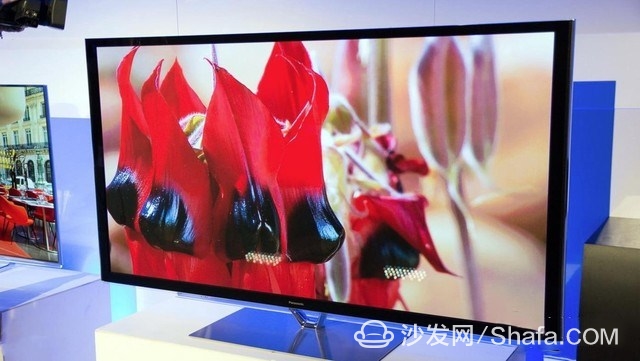
Even now there are people who believe in plasma, thinking that "plasma is brighter than liquid crystals and has better visibility."
“The outsider looks at the liquid crystal and the insider looks at the plasma.†This is a word widely circulated in the industry that year, and the plasma TV of that year was indeed as faith. Plasma is like OLED nowadays, it is self-illumination display technology. Based on this characteristic, plasma has high color reproduction, high dynamic resolution (fast response speed), wide viewing angle, visual comfort and high contrast. With these advantages, the plasma alliance headed by Panasonic at that time was very confident that they could overcome liquid crystals in a short time, but they did not know that they were ruining the future of plasma.
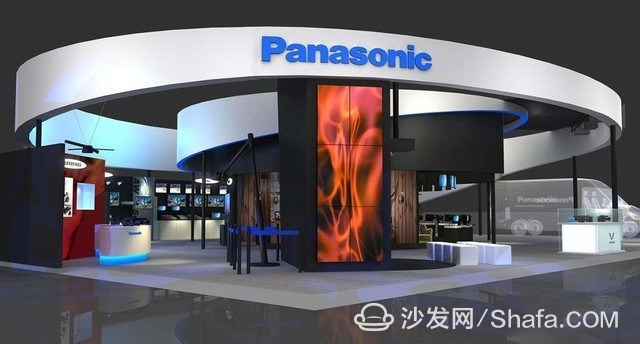
At that time, the plasma camp led by Panasonic implemented a technical monopoly strategy
At that time, Panasonic, Hitachi, and Pioneer held the core technology of plasma TV in their hands, but they made strategic choices. In order to obtain greater benefits, they have firmly monopolized the plasma technology and upstream panel resources. Even members of Sony, who are Japanese brands, have not even obtained better panel resources, let alone Korean, mainland, and Taiwanese manufacturers. . Want to close the dominance of a single technology, strategic mistakes so many manufacturers simply switch to the LCD camp and plasma confrontation.
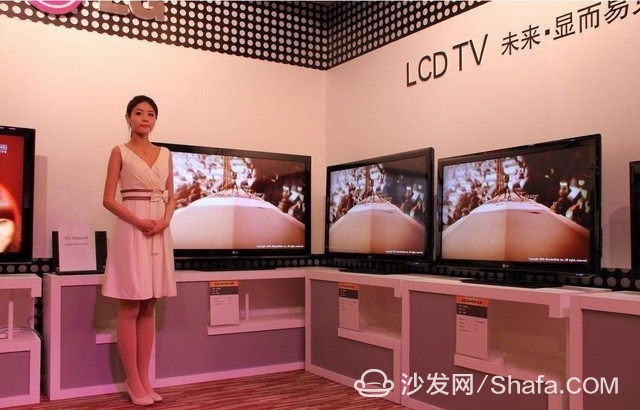
Many manufacturers continue to accelerate the development of the industry, so that LCD TVs have achieved great development
Plasma technology with many advantages at the same time also had problems such as high power consumption and burn-in. However, Panasonic and other manufacturers still did not awake and locked themselves up in small dark houses for research. They did not know that LCD manufacturers such as Samsung, Sharp, and Sony were opening up their technologies, accelerating their industrial development, and allowing LCD technology to gain quality in terms of quality. With vigorous development, the huge market demand has boosted the increase in production. The price of LCD TVs has become even closer to the people. Eventually the plasma camp collapsed and was eventually replaced by liquid crystals.
Naked eye 3D - talk about death
The naked-eye 3D technology gives people hope for future display products, and everyone starts to experience a visual experience with unlimited immersion. Compared with color performance, people may be more inclined to display the extemporaneous and immersive sense of the product. Although curved TV can bring a certain sense of presence, it is not worth mentioning compared to naked-eye 3D. The naked eye 3D technology can even watch 3D stereoscopic images directly through the screen without wearing any device.
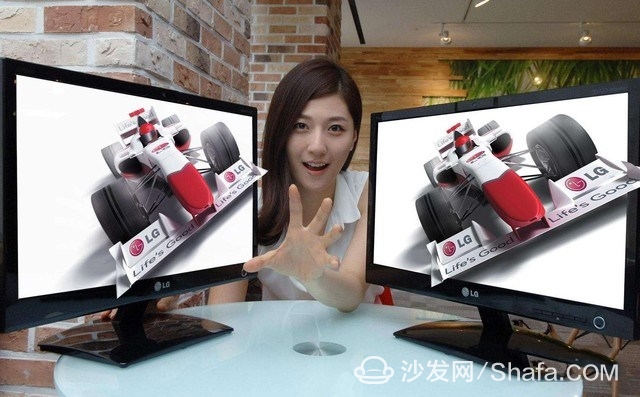
Naked eye 3D technology can indeed bring infinite immersion
Once upon a time, 3D TVs became a hit in the market and became the selling point for many branded TVs. The professional terms such as non-flash 3D and active shutter 3D are also often seen in promotional posters and advertisements. However, it may be over-hyped, and when people really use these devices, they are not satisfied. Disappointment is higher than expected.

The production cost of 3D video programs is very high. Compared with ordinary TV programs, 3D TV programs require a lot of post-production processing, and the overall investment cost is several times higher than that of ordinary programs. Shooting 3D programs is different from shooting traditional 2D programs. Professional-grade 3D cameras are required. After shooting, there is a lot of post-production process. Including material acquisition, 3D editing, special effects processing and audio, subtitle overlay and other steps. Therefore, it takes a lot of time, manpower and material resources, which have led to the high cost of 3D video.

Any change of perspective/distance may result in blurry picture
In addition to the high cost, naked eye 3D and due to technical limitations, the effect on the visual experience is not satisfactory. In front of a naked eye 3D device, the naked eye 3D effect will be different because of different focusing angles. This leads people to sit at a fixed point when they are watching. Any angle of view and distance displacement will cause the picture to be blurred. At the same time, long-time viewing will make the viewer dizzy.
Even 3D TV has never been accepted by the consumer market. In 2016, Samsung announced that its new television products are not supporting 3D technology. At the beginning of this year, with LG and Sony announced that they would stop adding 3D technology to future TV products, perhaps 3D TVs have already gone. The end of life. With the continuous development and popularization of VR and AR technologies, naked-eye 3D technology has not been as expected and forgotten.
Blu-ray DVD - dying
On February 19, 2008, Toshiba announced that it will no longer support the HD DVD format and will stop producing HD DVD format playback devices, making Sony's Blu-ray DVD the only standard for DVD playback. Then a large number of Blu-ray supporters began to lament that the Blu-ray era is approaching. However, things are not as we imagined. Currently in the market, it is difficult to see whether it is Blu-ray players or Blu-ray discs. And its high prices have deterred ordinary consumers.
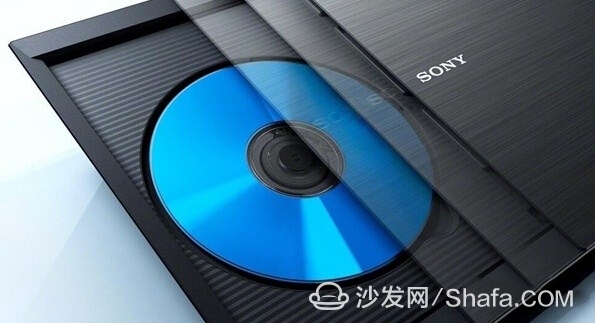
Sony Blu-ray DVD
The development of Blu-ray players is far from keeping up with the popularity of display product resolution. Shortly after Blu-ray just defeated the HD DVD format, 4K ultra-high-definition resolution television products have begun to emerge in the market. Currently, large-size 4K TV products have almost become available. Popularized in the market, and the Blu-ray resolution has stayed at 1080P. Although the release of the 4K Blu-ray standard at the end of 2015 gave people hope, the new format adopts a resolution of 3840×2160, expanding the color gamut and high dynamics. Range (HDR), and high frame rate content (60fps), but this timing is really bad. By the way, YouTube has announced support for 4K video playback in 2010.
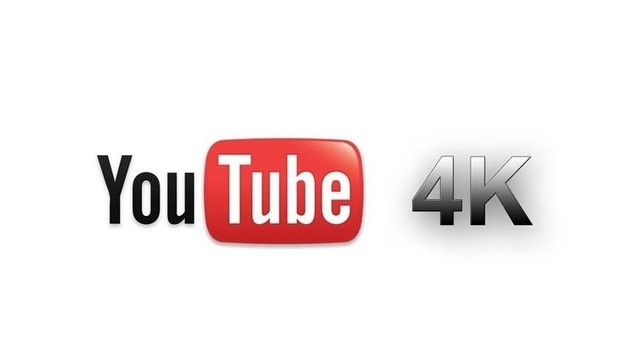
As early as 2010 YouTube has announced that it will support 4K video playback
Although Blu-ray is in terms of picture quality and sound quality, it does have such unparalleled advantages compared to ordinary video sources. However, as a member of ordinary users, why do we spend tens or even hundreds of times more money on it? We know that a Blu-ray disc is expensive, but ordinary consumers of Blu-ray players cannot afford it. With the advent of the Internet age, online video began to develop rapidly. The average user can see their favorite videos through the Internet, and a large number of free film sources flood the network, leaving Blu-ray in a very awkward position. It can be said that Blu-ray is self-styled, not taking into account the market's spending power and deep in the quagmire.
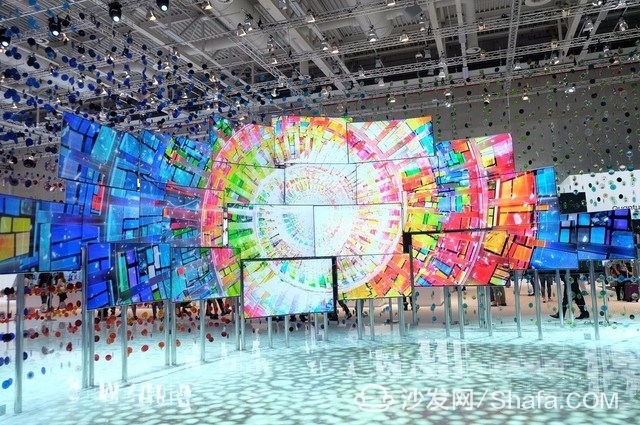
Written at the end:
It may be that many technologies are doomed to be a tragedy. When we review the history of the rise and fall of these display technologies, we find that they are not actually failing due to the defects of the technology itself. Any advanced technology, if it does not advance with the times, is difficult to gain the recognition of consumers. If we do not see the situation in time and leave it alone, it will certainly become a piece of history for us to remember.
Smart TV/box information can focus on smart TV information network sofa butler (http://), China's influential TV box and smart TV website, providing information, communication, etc. on TV boxes, smart TVs, smart TV software, etc. Answering questions.
Black safety cone road cone,Black Omnidirectional Antenna,Black Transmitting Antenna
Mianyang Ouxun Information Industry Co., Ltd , https://www.ouxunantenna.com